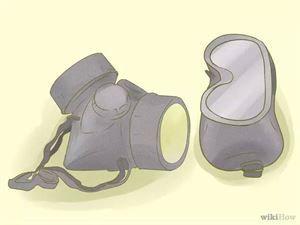(1) Deal with lava hazards. Run out of the range of the lava flow. Of all the hazards of volcanoes, lava flows may pose the least threat to life, due to people can run out of the lava flow route.
(2) Response to the damage of jets. If you escape from a nearby volcanic eruption, you should wear a helmet or cover your head with other objects to prevent injury.
(3) Deal with the hazards of volcanic ash. Wear goggles, snorkel masks or ski goggles to protect your eyes, but not sunglasses. Cover your mouth and nose with a damp cloth, if possible, use an industrial gas mask. After arriving at the shelter, take off your clothes, thoroughly wash the exposed skin, and rinse your eyes with clean water.
(4)Deal with the hazards of gas spheres. If there are no solid underground buildings nearby, the only chance of survival may be to jump into the water; hold your breath for about half a minute and the ball will roll over.
Remember: activities often increase before volcanic eruptions, accompanied by rumbles and spills of steam and gases, and sulphur can be smelled from local rivers. Sulphur, loud rumbles or steam from volcanoes are warning signals.

Comment list ( 0 )
